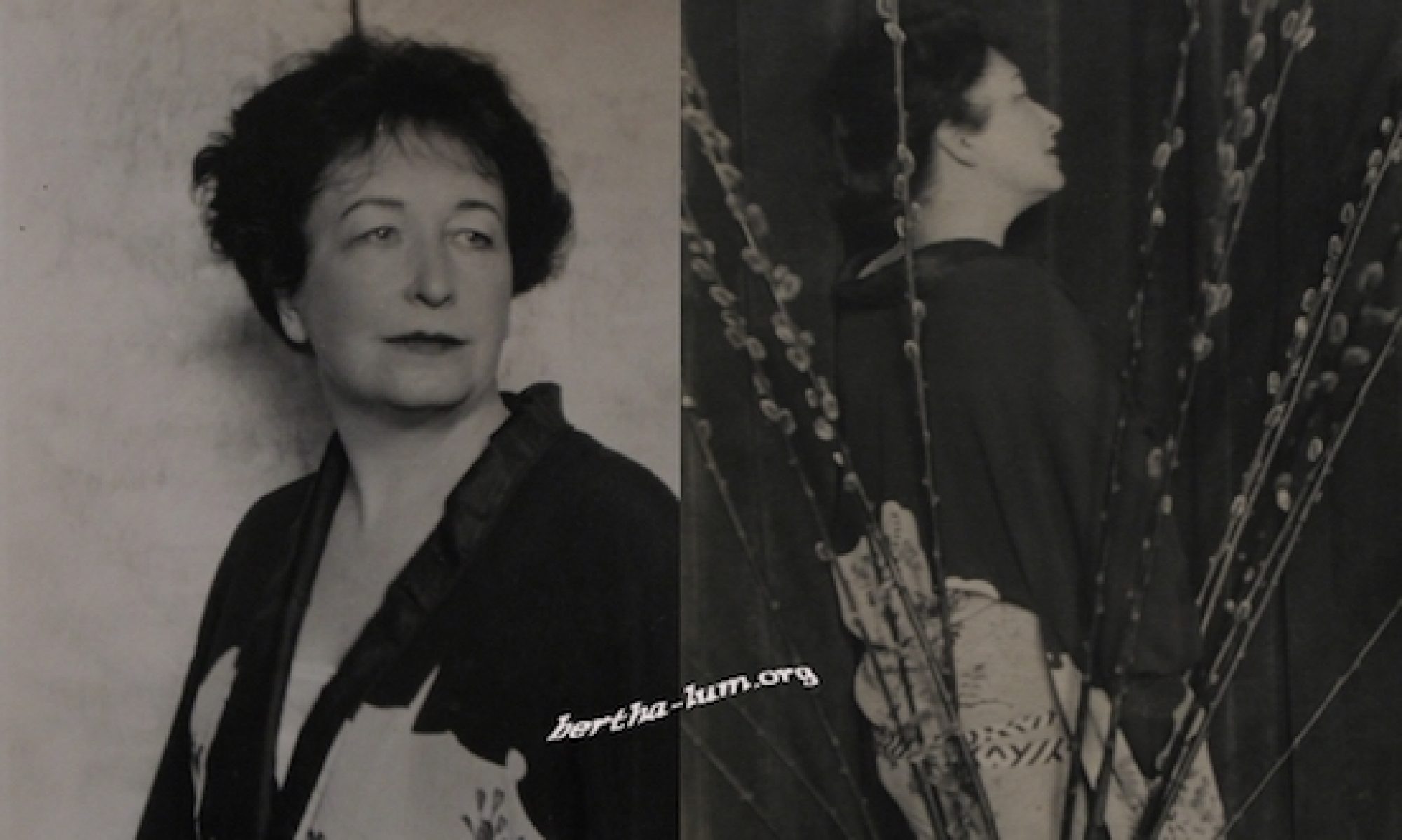An update a little particular… The text was written at the end of February/early March but the health crisis and the transformation of my work (teacher in class in front of his students -> online teacher for first graders) made me put aside the site to focus on other priorities.
After a month of July doing nothing, here is the March 2020 update finally online!
This month, a curiosity: some color illustrations of books.
About 15 years ago, I saw some small black and white illustrations I didn’t know about. It wasn’t until much later, when I bought Bertha’s books, that I found these illustrations: they were from Gang Plank to the East, published in 1936 by The Henkle-Yewdale House.
These illustrations were 3 by 4 inches: the same size as the illustrations in the book.
These illustrations (Sea Kongo, Pagoda or Kuan Yin) were partially painted in gouache. I had thought at the time that they were essays, to see what a future print would look like.
A few years later I saw two small formats appear on ebay (Hall of Classic and Porcelain Pagoda). I had bid and lost to a passionate collector with whom I was in contact. Gently Tiffany had offered me to buy the drawing I was interested in (Porcelain Pagoda). To this day, I still sometimes regret having declined her offer.
Since then, several auction houses have sold this type of drawing: the page of a book printed (a lithograph) and painted by hand.
If at first I thought they were essays, I now think they were more likely “postcards”: these illustrations are indeed dated and signed by hand. They are all dated 1934 or 1935. The drawings are from Gang Plank to the East but also from Peiping and North China.
Bertha and her daughter Peter had just returned from the United States where they had spent 2 years (March 1931 – Summer 1933). The economic crisis that had hit the country in 1929 obviously also affected the art world. Bertha found it difficult to sell her works and thus to pay for their return tickets to Beijing. These small colour lithographs were supposed to be a fairly quick way to produce large numbers of colour illustrations.
Asheville Chatsworth Art and Antiques is currently selling two of these drawings from Peiping and North China. (update: it seems that these prints are no longer for sale…)
When, last month (February 2020), Ian Marr of Ian Marr Rare Books contacted me to tell me that he had a print by Bertha (Moon Gate, Pei Hai) different from the two already on the site I was in the middle of preparing the March update. So I thought he also had an illustration from Peiping and North China. Chance…
And when he sent me the picture of his print I was very surprised to see a print that was then unknown to me! The door does not point in the same direction. Rocks and plants are also different. This print (the 201st) is similar to the other work taken from this booklet and published as a print the same year: Porcelain Pagoda (cat 168). It is an impression of the keyblock and the colouring was done with a brush.
I continue to wonder about these prints and think that they are proof prints. The colouring was done by hand to indicate to the engravers what the colour blocks would be. The “finished” prints did not appear on the market until 1936. The paper of the Porcelain Pagoda printed in 1934 is yellowish and thicker than the one used for the print printed in 1936, which would tend to confirm my supposition. Bertha did not always number her prints, nor did she obviously take the time to specify whether the print was a proof or not…

1 new print : Moon Gate, Pei-Hai #201, 1934
1 illustration from Gods, Goblins and Ghosts, with other colours.
And to finish the first article written by Bertha Lum for Palette and Bench in 1909.

